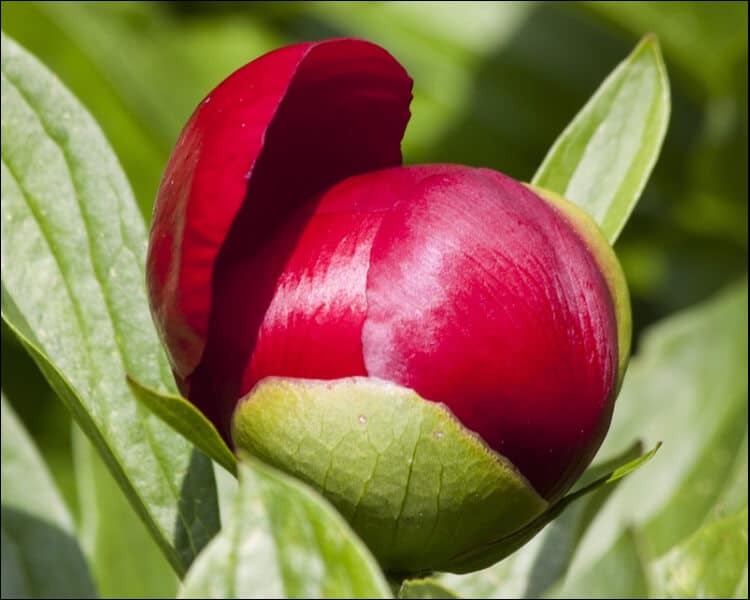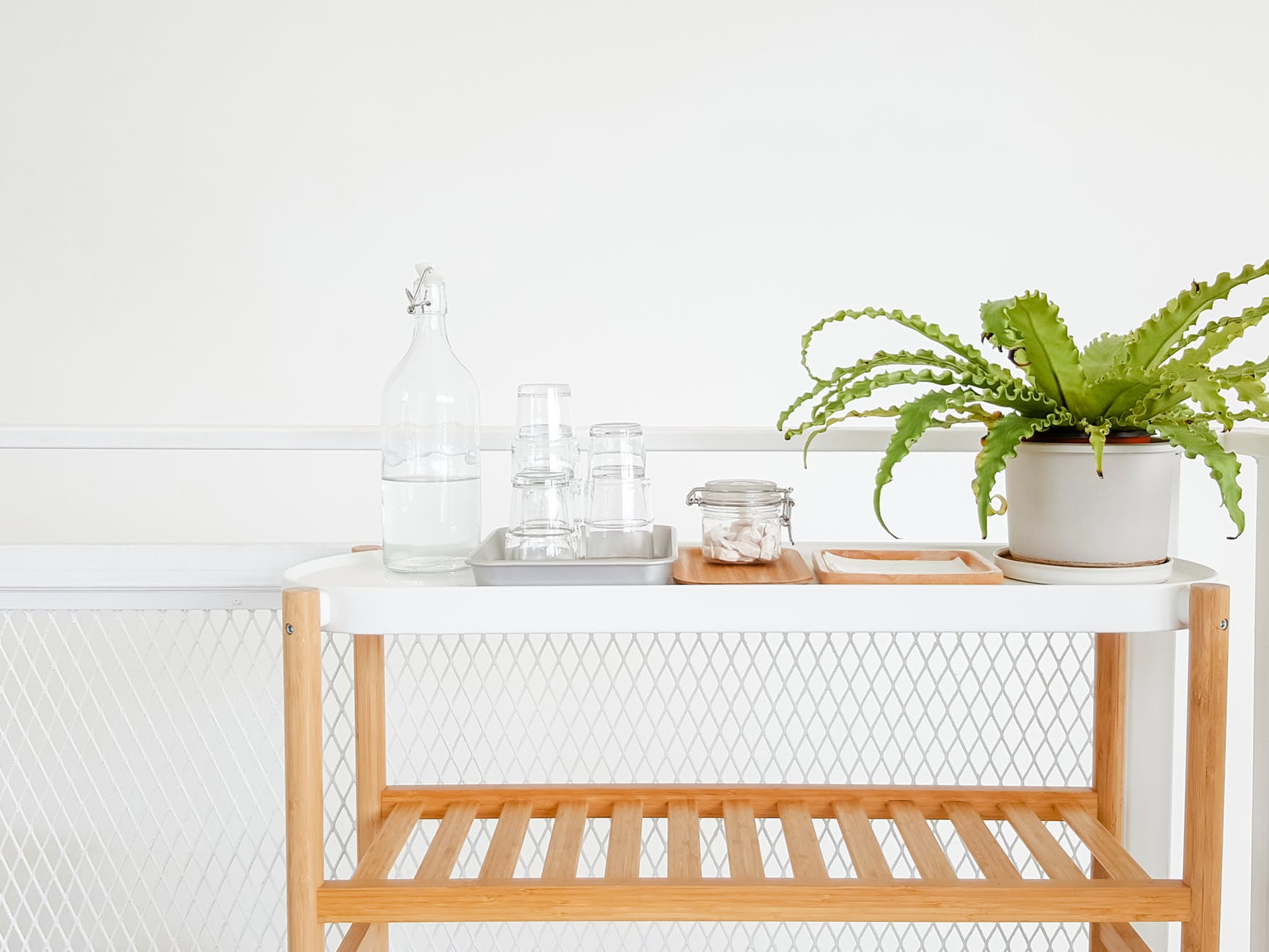Can Hostas and Peonies Be Planted Together in a Landscape?
When it comes to landscaping with hostas, incorporating peonies in the same landscape is a great choice. Hostas provide lush, leafy foliage that serves as an excellent backdrop for the stunning, vibrant blooms of peonies. With their contrasting textures and colors, these plant companions create a visually appealing and enchanting garden bed.
How to Grow Peonies Step by Step
1. Choose the Planting Time
The best moment to learn how to grow peonies and to plant them is in autumn, right before the hard frost installs. You can plant them in spring, but their growth process is rather slow, so they may not bloom for 1-2 years.
2. Choose the Right Location
Ideally, the location for planting the peonies should be one where they can get 6-8 hours of sunlight per day. They can grow in areas with less sunlight as well, but you should expect fewer results in this case. The minimum temperatures they can face are -40 to -9.4° C (-40 to +15° F).3. Space Them Rightly
There should be a space of 0.9 meters (3 feet) between the clumps of peony tubers. You can use them for flower beds, but remember not to place them next to trees and bushes. If there are any woody root systems next to them, they can draw their nutrients away. Clear weeds regularly to avoid any fungal infections.4. No Replanting
When looking up how to grow peonies, it’s important to keep away from areas where you have previously planted other peonies. The reason for this is the fact that the soil does not have enough nutrients. Moreover, you can risk some fungal infections as well.
5. Offer Them Shelter
If you’re planning to grow tree peonies, pay attention to this section. The danger with them is that they grow as small shrubs and strong winds can make them snap. Because of that, if you know the area you live in is especially windy, offer them a shelter. Plant next to a wall or fence or even next to a tree, but keep the recommended distance.6. Check the Peony Type You Have
There are two peony varieties: tree peonies and herbaceous peonies. The first category presents some wooden stems next to the root clump. In the end, you will get a woody-stemmed shrub. The second category refers to root clumps that become green-stemmed flowers resembling herbs. Herbaceous ones require the top bud to be planted 2 inches deep (5 cm). Meanwhile, the tree peonies need to be planted 4-6 inches deep (10-15 cm). Remember to leave minimum one tip of the stem above the soil.7. Enrich the Soil
If your type of soil requires enriching, you should dig a hole of 30-46 cm (12-18 inches) deep. Keep the same dimension in width as well. You don’t need to plant the peony this deep, but it helps you have a rich and fertile soil for the plant roots. If you already have a rich soil with a good draining, you should plant the flowers directly.8. Add Soil
An important part of learning how to grow peonies is to add the right soil. Add some dark compost, compost tea, pine bark or well-aged manure in a layer of 2-4 inches (5-10 cm). The goal here is to make sure your soil is rich in nutrients and has a good draining. If you want to test the drainage, you should dig a hole 0.3 meters deep (1 foot) and fill it up with water. Let it drain and then fill it again. Check the drainage level after one hour or 15 minutes and then multiply by 4. A well-draining soil should drain around 1-6 inches (2.5 – 15 cm) in an hour.
9. Use Fertilizers
This step is optional. If you want to accelerate the growing process for peonies, you can use a ¼ cup (approx. 60 ml) of balanced fertilizer to the bottom of the hole. For extra nutrients, add ½ cup (120 ml) superphosphate or bone meal. If you have an acidic soil (less than 6.0 pH), add some lime to it.10. Fill the Hole
Now that you prepared an extra-rich soil, fill the rest of the hole with organic soil that drains well. Leave a couple of inches of space at the top of the hole. You can use a soil tester to be sure that you’re using quality material. Next, press the soil with the shovel.11. Plant Herbaceous Peonies
Put the clump of tubers in the hole. The ‘eyes’, which are the small buds, should be pointing upward, while the long roots need to be pointed downward. Place the buds 2 inches (5 cm) from the surface, or you risk the peony not to emerge anymore. Add soil around it until you level it. Tamp it down to make sure there are no air pockets. Otherwise, the plant may dry out and you’ll be struggling with how to grow peonies.12. Plant Tree Peonies
It’s not complicated to learn how to grow tree peonies either. When you buy them, you will see they have a stem grafted on their roots. Find the place where the two are joined together and then plant the peonies with the bulge 4-6 inches (10-15 cm) below the surface.
13. Water the Plant
The newly planted peonies need to have a thorough watering after planting. This helps the soil settle around the flowers. All the time until frost (or until their emergence is spring), the soil needs to be moist. However, you don’t have to keep it soggy.14. When to Mulch?
If you want to protect your peonies from winter frosts, you can use a 2-4 inches (5-10 m) layer of mulch. Alternatively, you can go for a plastic mulch covering. However, after the last frost, you should remove the mulch, or the peonies may not protrude this barrier. Mulching is an important part of knowing how to grow peonies adequately.15. Watering Schedule
One thing to keep in mind when thinking of how to grow peonies is that they are hardy plants that tolerate drought. During summer, these plants only need an inch (2.5 cm) of water each week. If you notice the plants are withered and dry, you should increase the amount.16. Fertilizing Schedule
This is also optional since the plants can grow perfectly well without it. Every couple of years, you can use a low nitrogen fertilizer (a 5-10-10 mix) or some organic compost material. Don’t place it directly at the base of the plant. Instead, place it in a circle around the peonies. Be careful, if you use too much fertilizer, the plants can grow fewer flowers and weaker stems.
17. Support the Peonies
One of the last steps in our guide on how to grow peonies is to support them. If you chose a large variety, it’s a good idea to take to caging. You can use a three-legged peony cage made of wire, or one shaped like a grid. It is useful for helping the flowers not to break. The support should be made in spring.18. Don’t Remove the Ants
You may see ants often on your peonies. However, it’s recommended to leave them there. They are eating the nectar from the flowers, but this doesn’t damage the plant. In fact, peonies resist to most pests. However, if you see an infection or some developing fungus or insects, ask for specialized help. Keep in mind that peonies pests develop in moisture conditions.19. Taking Care of the Dead Flowers
An important step in knowing how to grow and care for peonies is to cut off the dead flowers. As soon as they fade, you should remove them from the plant. If you leave them there, they will grow seeds, which will take away nutrients. If you care for them, they will grow stronger and their bloom will be longer.









